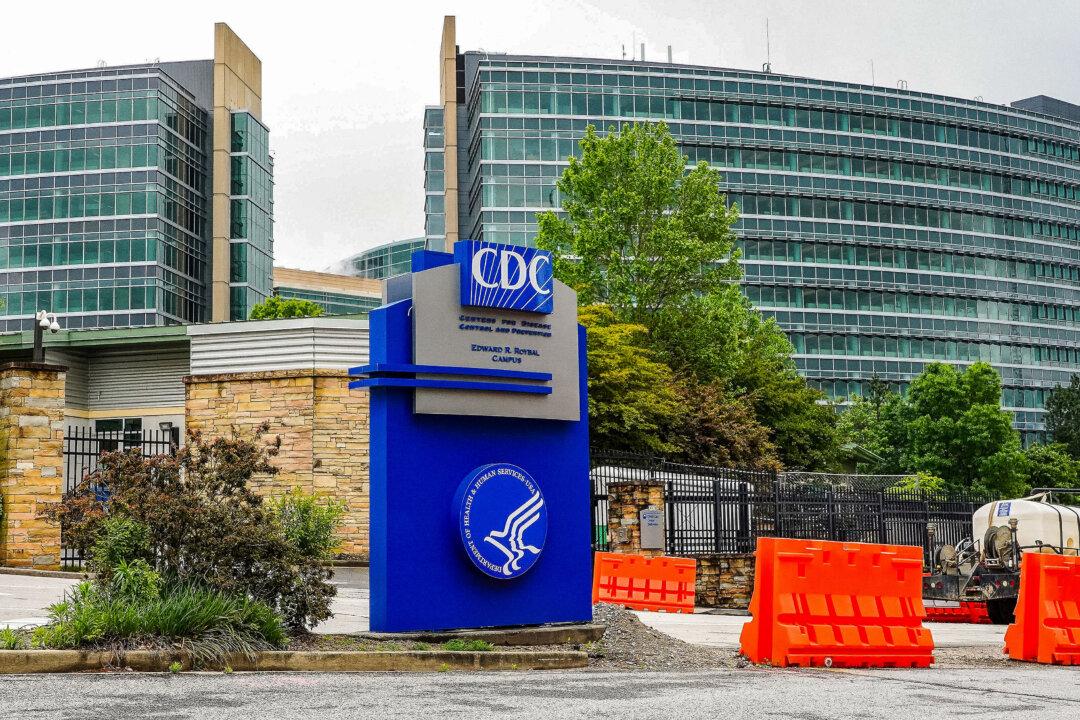A 3.0-magnitude earthquake struck off the coast of Long Island, New York.
The quake was centered about 40 miles southeast of East Hampton and 33 miles southeast of Southampton, centered in the Atlantic Ocean, according to the U.S. Geological Survey (USGS).





